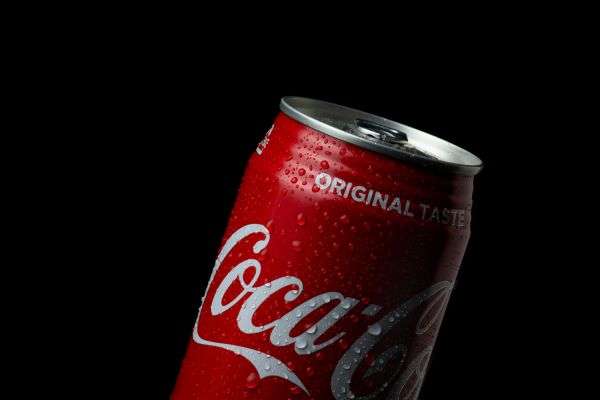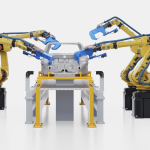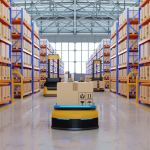Coca-Cola, a global brand with a 48% market share and two of the world’s top three beverages, owes its success not only to its product but also to its efficient supply chain. This article explores the key components of Coca-Cola’s supply chain and the lessons businesses can learn from it.
Key Elements of Coca-Cola’s Supply Chain
Coca-Cola’s supply chain stands out due to its unique components:
Logistics Team: This team ensures smooth distribution from the warehouse to the store shelves.
Retail Partnerships: Coca-Cola values long-term relationships with retailers, such as its partnership with McDonald’s since 1955.
Suppliers: Suppliers are integral to Coca-Cola’s success and sustainability. They participate in events like the supplier relationship management program and supplier innovation days.
Quality Control: Coca-Cola maintains strict quality control standards across its products. Suppliers must gain certification in quality, environment, and health and safety.
Global Supply Chain Council: This council, formed with bottler partners, focuses on the company’s overall strategies and shares best practices to improve the overall supply chain operation.
Coca-Cola’s Supply Chain Touchpoints
The Coca-Cola supply chain system involves four main players:
- Coca-Cola, the manufacturer, creates the concentrated syrup that becomes Coca-Cola brand products. These are sold to a bottling partner.
- The distributor, or bottling partner, mixes the concentrate with locally sourced water, carbon dioxide, and sugar, prepares, packages, sells, and distributes the finished beverages to retailers.
- Retailers distribute Coca-Cola products to consumers. These include grocery stores, restaurants, street vendors, convenience stores, movie theaters, amusement parks, and more.
- Consumers, who receive Coca-Cola products from retailers. It is estimated that 1.9 billion servings are issued per day.
Lessons from Coca-Cola’s Supply Chain
Coca-Cola’s supply chain offers valuable lessons for other organizations:
Focus on Quality Control and Procurement Management: Coca-Cola maintains a constant eye on its inventory and its impact on the overall supply chain. It selects suppliers based on strict standards and regularly reviews its supply chain operations. A warehouse management system (WMS) can provide similar end-to-end insight into warehouse operations.
Build Strong Partnerships: Coca-Cola’s supply chain depends on long-term collaboration with retail partners and bottlers. Centralizing decision-making and working collaboratively with partners allows Coca-Cola to deliver a consistent, quality product quickly.
Prioritize Technology and Automation: Coca-Cola sees technology and digitization as essential to its strategic plans. It embraces various technologies, including warehouse technology, new block production lines, 3D printing, artificial intelligence in procurement, and streamlined software for enhanced visibility.
After-Sales Logistics: Coca-Cola aims to quickly dispatch goods from its warehouses. It achieves this by manufacturing products more frequently, establishing production plans close to its customers, interacting daily with all supply chain contact points, and adhering to the same after-sales process for all supply chain participants.







